We are happy to welcome a guest post from Hannah and Adam of GettingStamped. They recently cruised with us on the Flamingo and were excited to share their experiences with our community!
The Galapagos Islands 600 miles off the coast of Ecuador, are an exotic bucket-list item for most. Famed for Charles Darwin’s theories on evolution and giant tortoises. No place has surprised me more on our round-the-world trip like the Galapagos, in a good way. Before our trip with Ecoventura when I thought of the Galapagos my mind went to ideas of a lush tropical place, full of uniquely amazing animals, and it is… but it isn’t.
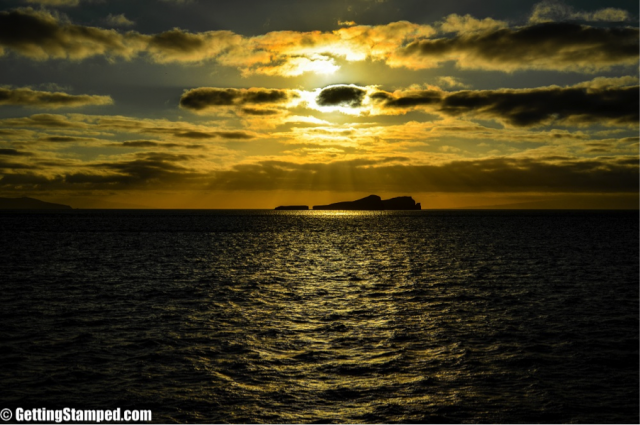
The terrain across the dots of land in the Pacific looked more out of a Dr Seuss book to me.
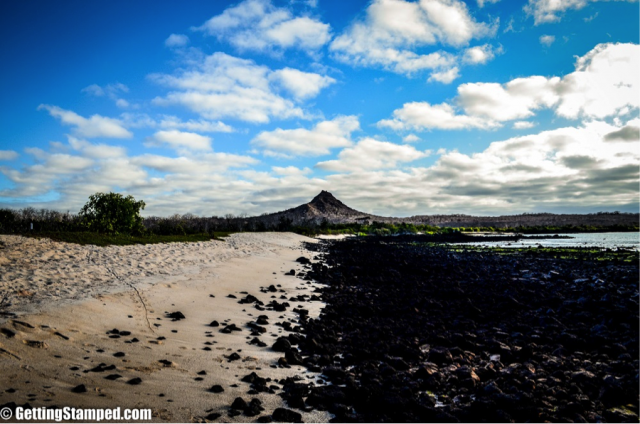
Dry and barren hills, gnarly trees with no leaves. The landscape reminded me of something other worldly, something from fiction. We visited in October toward the end of the dry season which added to the dry, almost desert like environment we saw on some islands.
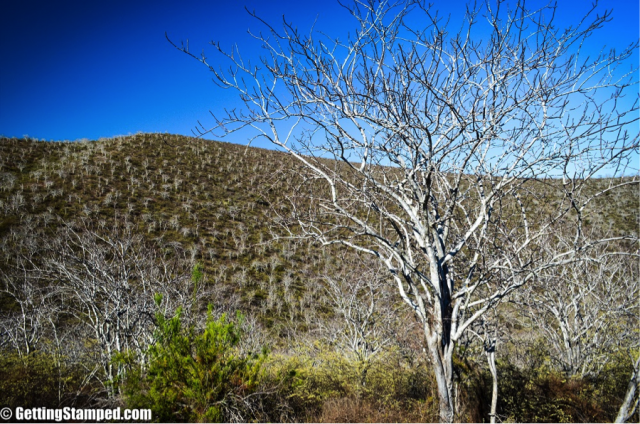
From the moment we climbed Prince Phillip’s Stairs on Genovesa Island the first morning, we knew we were in a very different, a very unique place. We were greeted with a landscape that was much more rugged than the picture painted in my mind. With the islands situated directly on the equator I guess I thought there would be jungle, or at least not what I saw. Not to say that it wasn’t beautiful, it was, but in it’s own way. Each island was markedly different from the next as we traveled from island to island on our week long cruise.
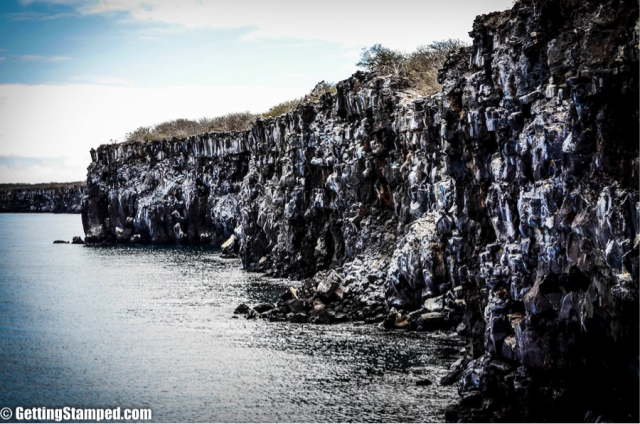
The parts of the Galapagos that I knew of, and expected to see, were the noticeable differences in the wildlife between the islands. All of them uniquely Galapagos, the one of a kind species we saw were:
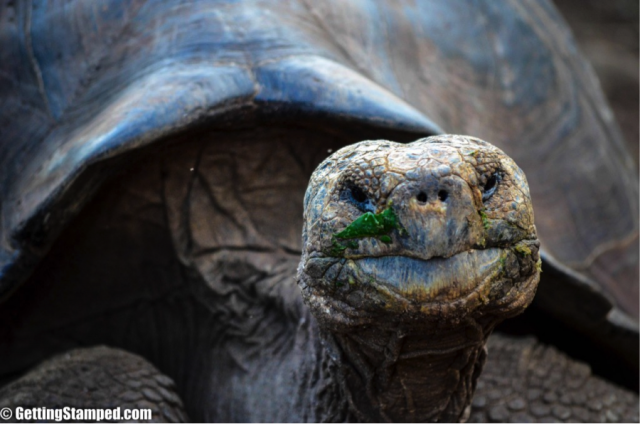
The giant land tortoises of Santa Cruz

The Red Footed Boobies
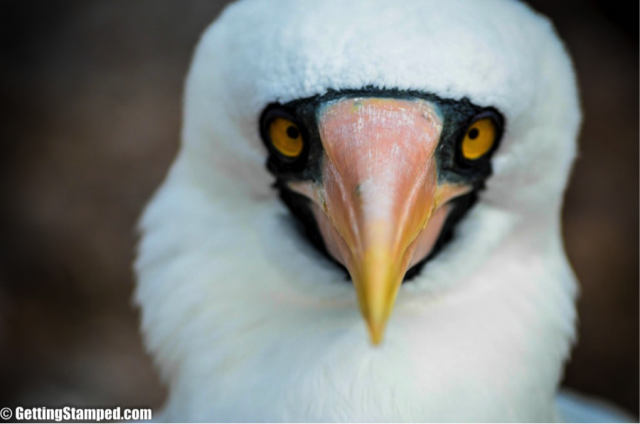
Nasca Boobies
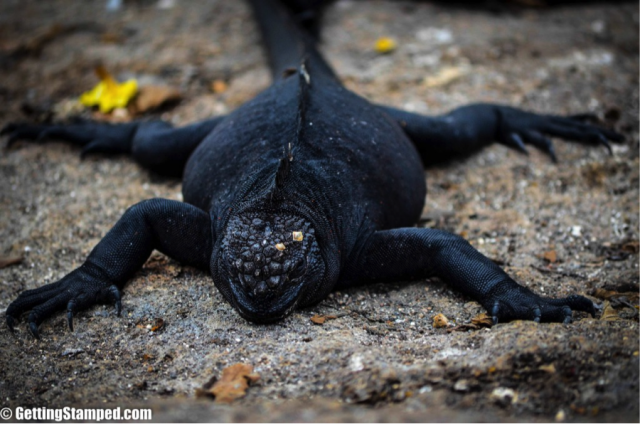
The Swimming Marine Iguanas
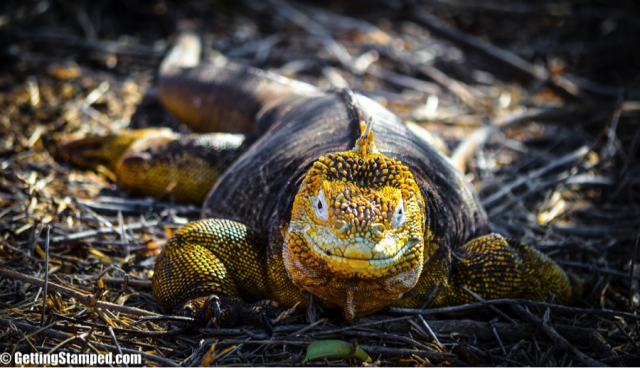
Yellow Land Iguanas
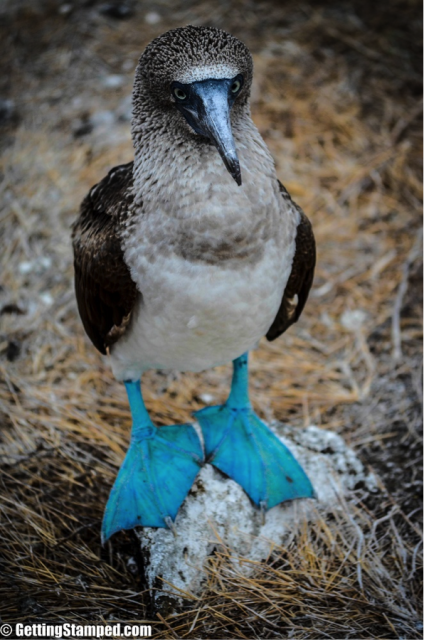
And the famously odd looking Blue Footed Boobies
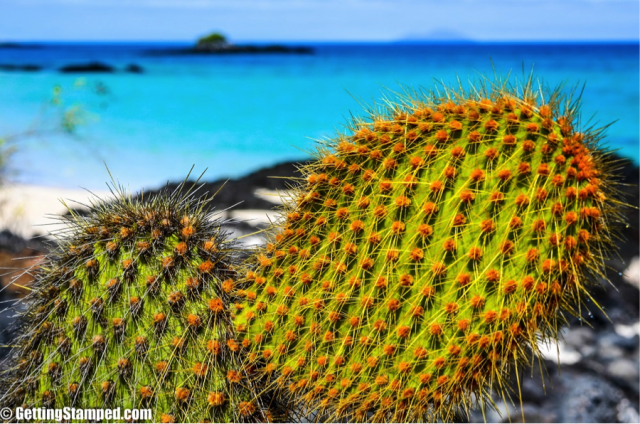
In hindsight the part of the Galapagos that I wasn’t expecting, is the reason for the part that I was. The harsh environments found on the islands are what made the animals adapt, and become the unique species they are.
This is what made Galapagos… Galapagos.




